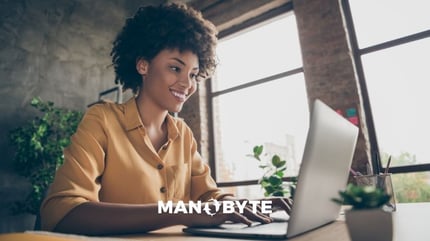
What is a Pop Up Form?
A pop up form is a short form on your website that appears as a pop up on the current page. Oftentimes, forms appear on separate landing pages. When a site visitor clicks on a CTA that takes them to a pop up form, the form “pops up” without taking them to a separate page. The pop up can also be closed if the visitor decides not to complete the form.
Pop up forms are useful for places on your website that may have many forms, like a gated resource library, or for simple forms, like a name and email to subscribe to a blog or newsletter.
Why Use Pop Up Forms?
Pop up forms are helpful when the form doesn’t necessarily justify a separate page, such as collecting someone’s name and email to subscribe to blog updates. The site visitor can complete the form and go right back to your website without leaving the page.
Pop up forms are also helpful for content libraries. Many, if not all, the resources in a content library on your website will be gated. Since the form to download a resource is usually only a couple fields, a pop up form can be used to avoid extra landing pages.
Tips for Using Pop Up Forms
- Pop up forms should only have a few fields for the visitor to complete. Longer forms should be on separate landing pages.
- If you’re using pop up forms on a content library, make sure to use one form to unlock all the resources. Not only does this avoid potential duplicates in your CRM, it helps the user experience.
- Pop up forms (and any pop up on your website) should have a clear close button. Whether this is a large “X” or a short phrase like “No thank you” or “Take me back,” it’s important that the user can easily close out of the form if they change their mind.
- Be careful using automatic pop ups, or pop ups that happen when a visitor has been on a page for a certain amount of time. These forms can be annoying to users, especially if they don’t offer relevant or helpful information. If you’re using an automatic pop up, make sure the offer is relevant to visitors on that page, and don’t overload your website with them.


